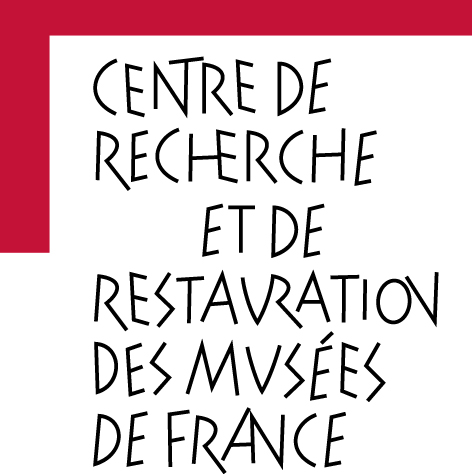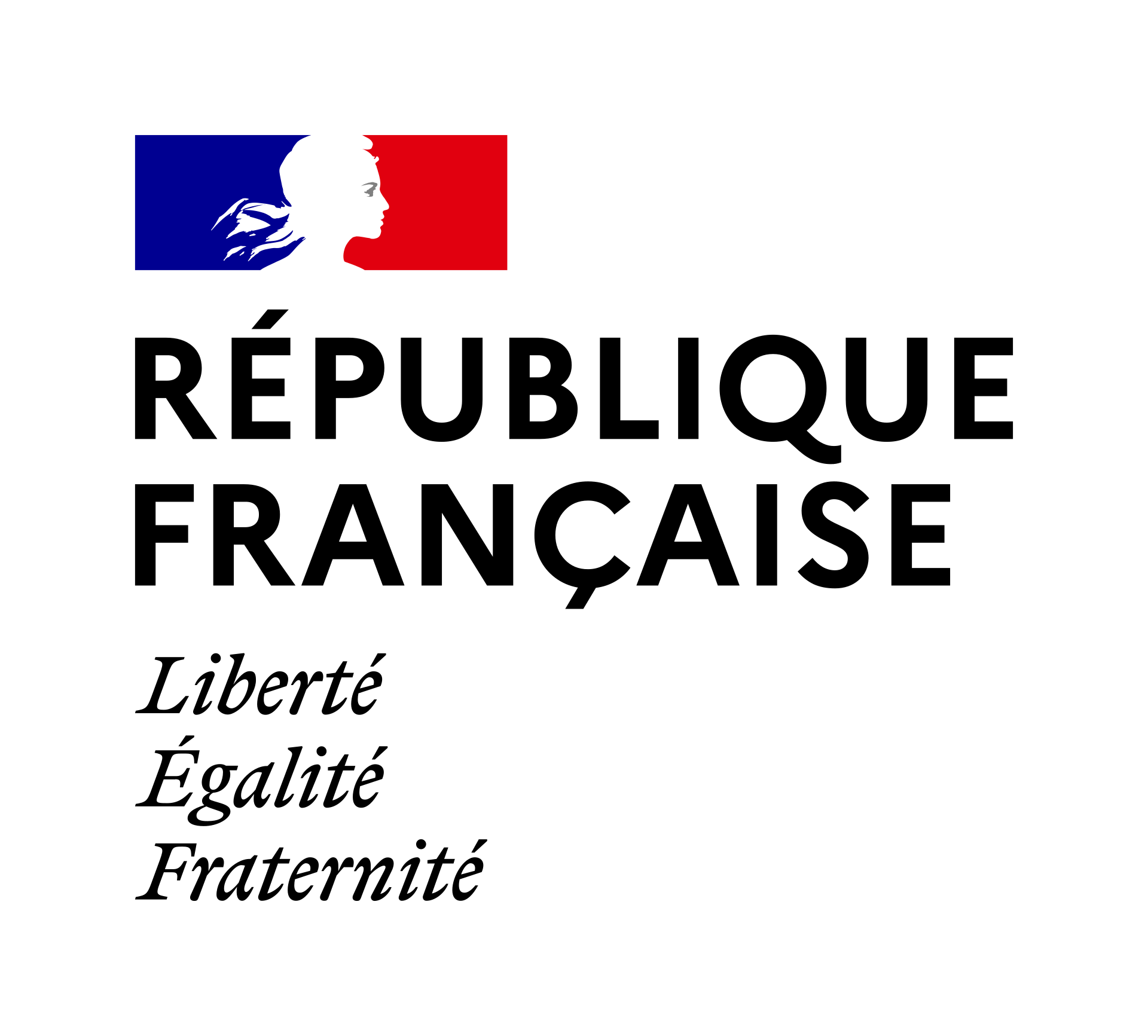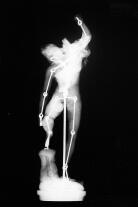Ink in secular and religious documents from the Pelliot collection (BnF, Paris): A study of ingredients and uses of ink in1st millennium Tocharian, Sanskrit and Chinese manuscripts from the Kucha and Dunhuang regions
Résumé
This paper presents the study of ink from first millennium manuscripts discovered in the Kucha and Dunhuang regions (West China) from the "Pelliot collection" stored at the Bibliothèque nationale de France (Paris, France). The sixteen analyzed manuscripts written in black ink were selected partly because of their diverse characteristics (script, type, etc.) and partly because of the high possibility for their accurate dating between 4th to the 8th century. This period is defined by an important economic growth as well as cultural and artistic activities, facilitated by the fact that Kucha and Dunhuang played a key role in the passage of the Silk Road network connecting China, India and western Central Asia. FTIR and Raman spectroscopies were first employed as they are non-destructive and non-invasive methods. They indicated that the ink present on the manuscripts was composed of soot and protein binder, however they did not provide direct insight on the precise origin of the soot (e.g pine soot or lampblack) and the protein binder used in the fabrication of inks. The analysis of the inked manuscripts by pyrolysis-comprehensive two-dimensional gas chromatography/mass spectrometry (Py-GCxGC-MS) - for which only a small amount of sample (microgram quantities) is required- and the exploration of the obtained multivariate datasets combining Hierarchical Clustering and PCA provide invaluable information on Asian inks, their manufacture and use in different historical periods. Our research suggests that the majority of the inks were made with pine soot. Furthermore, our results reveal different chemical signatures that may be indicators of difference in the production of pine soot (use of various species of pine wood, combustion parameters, etc.). Moreover, diverse proteinaceous binders and additives, known to have been used in ancient Chinese ink manufacture to ensure ink's consistency and for their antimicrobial and aromatic properties, were identified.
Origine : Fichiers produits par l'(les) auteur(s)
licence : CC BY NC ND - Paternité - Pas d'utilisation commerciale - Pas de modification
licence : CC BY NC ND - Paternité - Pas d'utilisation commerciale - Pas de modification






